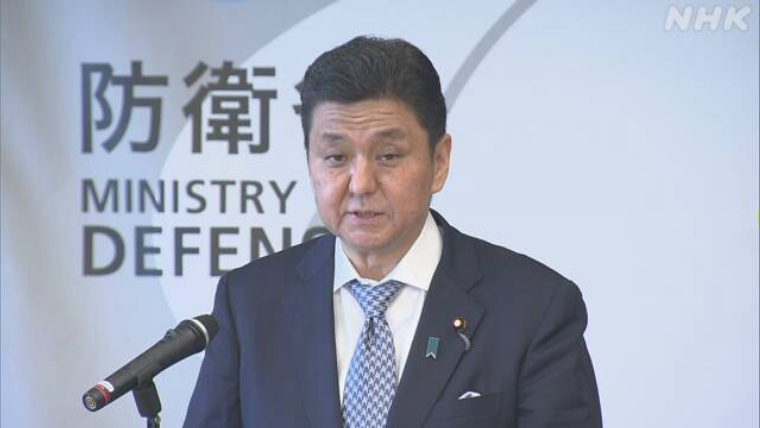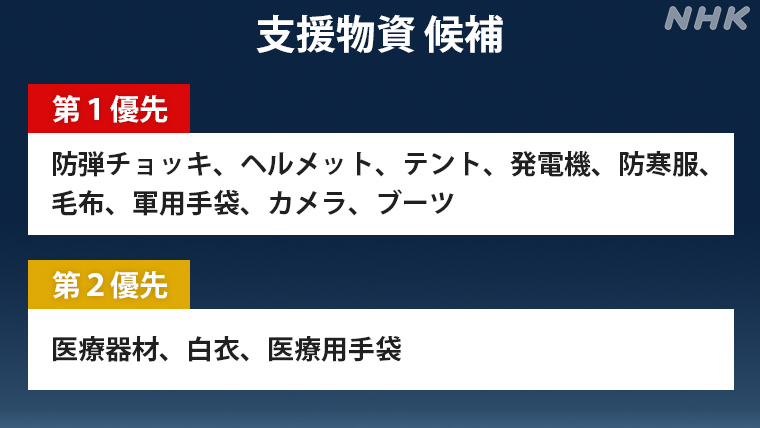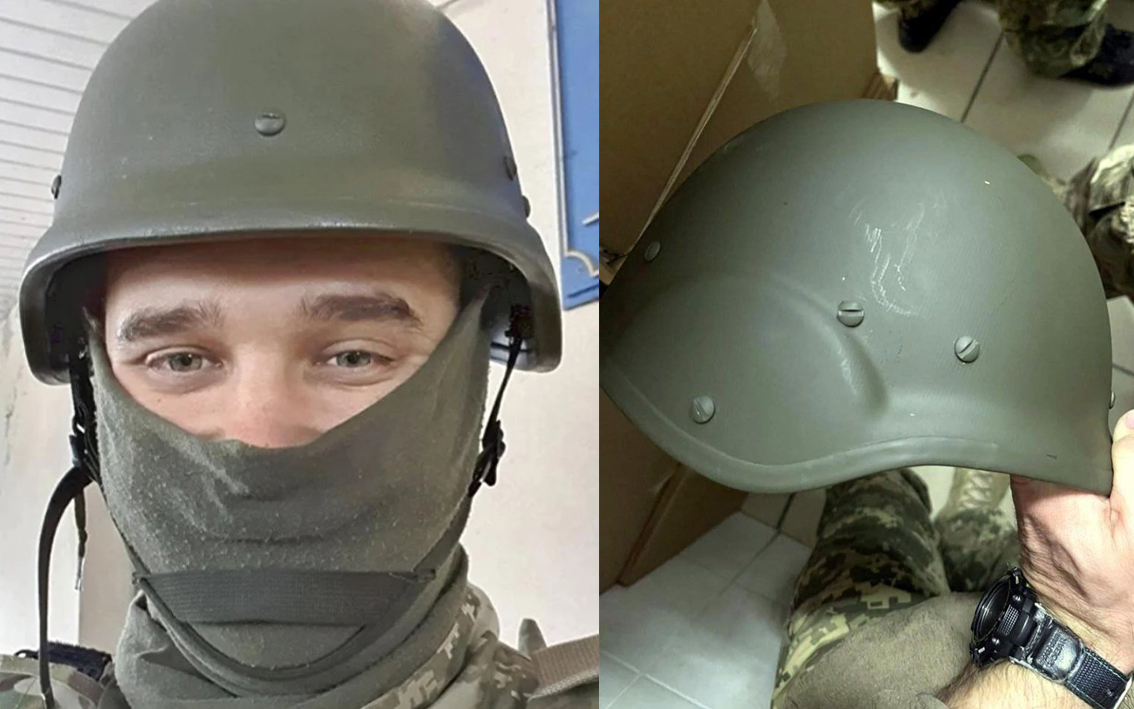Japan is one of the countries that cannot transfer lethal weapons to other states due to legal restrictions. These restrictions are regulated by the country’s constitution and the agreements that came into force in the 1960s. They were mandatory after Japan’s defeat in World War II. However, financial and humanitarian assistance to Ukraine from Japan is not any less significant compared to that provided by other countries. On February 23, 2022, Japanese Prime Minister Fumio Kishida announced sanctions against the Russian Federation and the so-called Donetsk and Luhansk pseudo-republics.
Japan also responded instantly to the full-scale invasion on February 24, 2022. On this day, Fumio Kishida announced the reorganization of the liaison office as part of the residence of the Prime Minister of Japan and the creation of a crisis headquarters to monitor the situation in Ukraine.
On the same day, Foreign Minister Yoshimasa Hayashi summoned the Russian Ambassador to Japan, Mikhail Galuzin, to the Foreign Ministry and said that the invasion violates Ukraine’s sovereignty and unity and international law. The minister demanded security guarantees for the population. However, Galuzin’s response was not very different from the statements of other Russian diplomats.
“I would report your words to Moscow. At the same time, I would like to refute that. There is no such thing as Russia’s invasion to Ukraine. What is happening now is a special military operation. It was started by the decision of our president,” answered Galuzin.
Calls for help
On February 25, 2022, Japanese Defense Minister Nobuo Kishi received a letter from Ukrainian Minister Oleksii Reznikov asking for help.
“The Ukrainian people and the Armed Forces of Ukraine repel full-scale aggression by Russia. Dear Mr. Minister, taking this opportunity, I would like to ask for the most practical help for Ukraine: defense weapons, logistics, communications, equipment, and individual protection,” the letter said.
This appeal is considered the first request for help from Ukraine to Japan. The further requests in this letter included the provision of more specific weapons.
“The Armed Forces of Ukraine significantly lack anti-tank weapons, anti-aircraft missile systems, ammunition, electronic warfare systems, radars, communications and control systems, unmanned aerial vehicles, body armor, and helmets. I believe that you have the opportunity to help us with these,” Reznikov wrote.

Such requests have raised concerns for the Japanese Defense Minister, who believed that Japan would face limitations in providing military assistance to Ukraine due to the extensive time required for personnel training and the incompatibility of ammunition calibers.
“There has to be something we can do. Find what we can convey,” the minister addressed his colleagues with these words.
By order of Kishi, Defense Ministry officials immediately addressed other institutions: the Ministry of Foreign Affairs and the Ministry of Economy and Trade. The National Security Agency was also brought to work. Japan decided how it could help Ukraine.
The process of forming aid packages was quite fast, and already in the first days of March, Japan published a list of priority equipment.

The aid package was allocated to two groups.
The first included body armor, helmets, tents, generators, winter clothes, blankets, military gloves, cameras, and boots.
In the second group, Japan handed over medical equipment, gowns, and gloves.
And although such assistance cannot be called lethal weapons, some MPs took it as violating the main laws of Japan, which prohibit the export of military equipment.
But this did not prevent the first aircraft with aid for Ukraine from flying to Poland from Komaki Air Base, Aichi Prefecture, on March 8, 2022.
Type 88 helmet
The Type 88 helmet was developed in the early 1980s, and mass production began in 1988.
It has shrapnel protection thanks to aramid fiber-reinforced plastic.

Type 3 Kai body armor
The Type 3 Kai bulletproof vest was developed in 2019 based on the standard version of the Type 3, 2012.
It provides protection at 4А Level and has additional protection for the shoulders, neck, groin, and sides.

Type 73 Gen.2 Light Truck
On May 21, 2023, Japanese Prime Minister Fumio Kishida announced the transfer of 100 vehicles.
Previously, Militarnyi reported on this more precisely.
The transfer ceremony was attended by the Ambassador of Ukraine to Japan, Serhii Korsunsky.
In addition to Type 73/2 SUVs the document previewed the transfer of two more types of vehicles.
The Type 73/2 is an Army variant of the Pajero Mk.2 SUV.
It has been produced since 1996 at Mitsubishi Heavy Industries.

Possible transfers
The Japan Ground Self-Defense Force has more than a hundred different types of automobile transport at its disposal. These are quite modern models, and most of them are still produced.
Ukraine is also interested in Japanese engineering technology.
Today, the Ground Self-Defense Force removes from service about a thousand units of various military equipment. This list includes Type 74 tanks, FH-70 artillery systems, UH-1J helicopters, and Type 96 APC. Such equipment could strengthen the Armed Forces of Ukraine.
Now the Japanese government is seeking to ease restrictions on the transfer of equipment. Back in 2014, agreements appeared in the country on the possible transfer of non-lethal weapons to other states, but only after an inspection. Such changes are driven by the geopolitical situation in the world, which becomes dangerous because of Russia and China.
The full-scale war in Ukraine caused a flurry of discussions about changing the status of the Ground Self-Defense Forces of Japan and a complete rejection of the pacifist position. This gives hope that, in the near future, Japan will be able to fully export weapons.
SUPPORT MILITARNYI
Even a single donation or a $1 subscription will help us contnue working and developing. Fund independent military media and have access to credible information.


 Роман Приходько
Роман Приходько 
 Віктор Шолудько
Віктор Шолудько 
 Андрій Харук
Андрій Харук 

 Андрій Тарасенко
Андрій Тарасенко 
 Yann
Yann 
 СПЖ "Водограй"
СПЖ "Водограй" 

 ГО "Військова школа "Боривітер"
ГО "Військова школа "Боривітер" 

 Катерина Шимкевич
Катерина Шимкевич 
 Олександр Солонько
Олександр Солонько 
 Андрій Риженко
Андрій Риженко 


